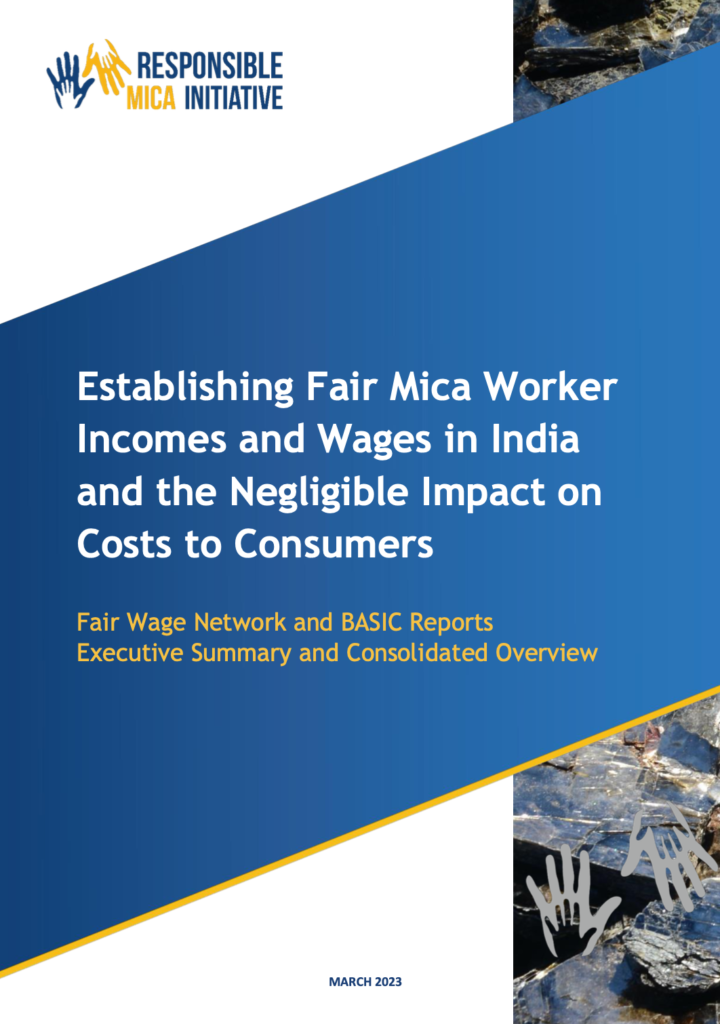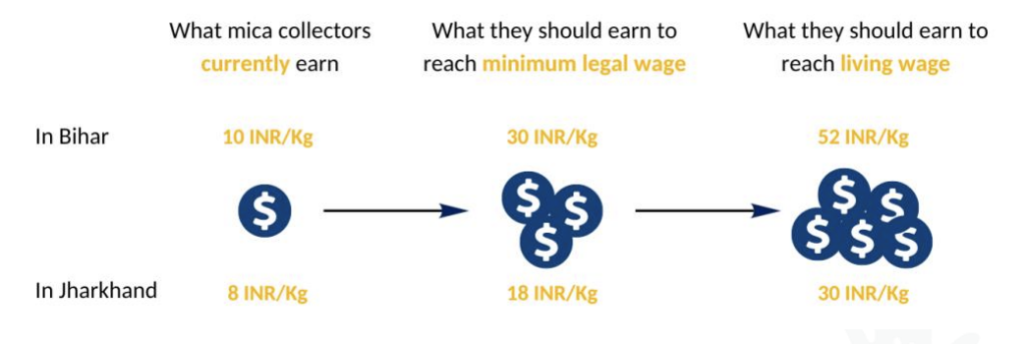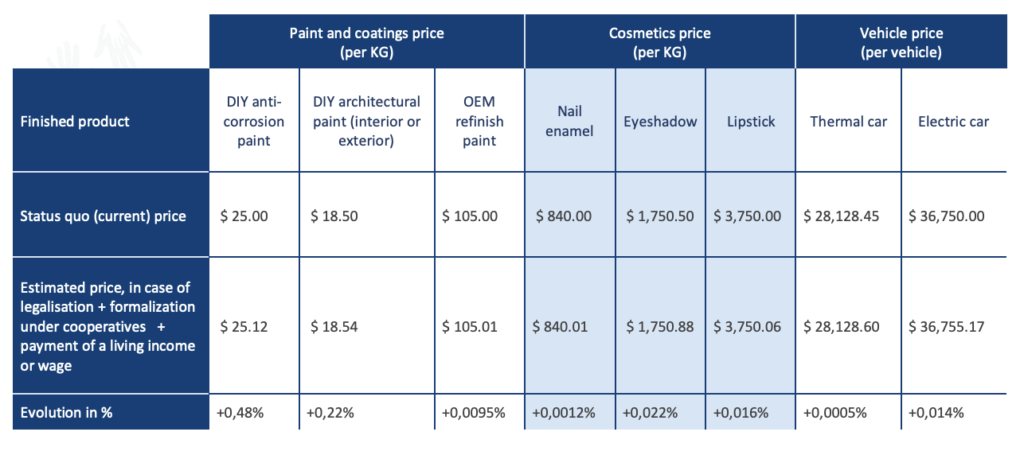
Whilst barriers for effective implementation are still high, paying living incomes and wages to mica workers is expected to highly contribute to child labor reduction and mining communities empowerment
A root cause of poverty and child labor in India has been the low prices paid to villagers for the mica they pick.
Main reasons for the current price structure include
To supplement meagre incomes and because village childcare and schooling has been virtually non-existent, parents had little choice but to bring their children with them to collect mica. If parents start earning enough on their own to support their families, they will not need to put their children to work.
Paying living incomes to mica workers at mines and processing units is possible
The Responsible Mica Initiative has led two studies over the last year, with the support of two expert agencies, BASIC and the Fair Wage Network (FWN):
The findings of these two studies (available here on RMI website) demonstrate that whilst the barriers on paying fair incomes or wages for mica workers in India are still high, the cost impact on finished goods using mica will be minimal.
Reaching living incomes for mica miners would imply a multiplication by five of mica price paid at mine level
A living income for a typical mica picker family of two adults and three children in rural Bihar and Jharkhand was estimated at 15,000 INR/month.
A living wage for a similar mica family member worker in a processing unit in an urban area of Jharkhand would need to be 17,000 INR/month.
To achieve the target rural and urban living income and wage, the average price paid to mica pickers would need to be increased five-fold, raising the average price of mica to 41 INR per kilogram from 9 INR per kilogram using 2022 data.

Paying a fair but higher price for mica is possible thanks to the commitment to all actors in the mica value chain
Paying a fair but higher price for mica and including the costs of market formalization and implementation of responsible workplace practices, would almost always have an impact of less than a 0.1% increase in the cost of common end-products that use mica such as cosmetics, paints, and automotive coatings and parts, including batteries for traditional and electric vehicles, among others.

The Jharkhand government would also benefit of a significant increase of mica price associated to mica mines formalization
If mica pickers organize into cooperatives and the JSMDC (Jharkhand State Mineral Development Corporation) purchases and then auctions that mica at a living income or wage equivalent, total proceeds to the state from taxes on the scrap (dhibra) mica sector are estimated at more than US$13 million (€ 12.2 million) per year.
The ability to achieve effective payment of living incomes and wages depends on enhanced and new initiatives under RMI program pillars which will contribute to removing remaining complex barriers for change. These start with the length and related complexity of the supply chain and include the lack of a robust legal framework in sourcing country, the lack of supply chain transparency, or the ability to implement formal and verifiable payment mechanisms. These and other hurdles can be overcome with a matrix of strategies, on which RMI has started to work and which include strengthening supply chain traceability, expanding workplace standards, formalizing the sector under worker cooperatives, …
To know more…